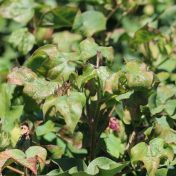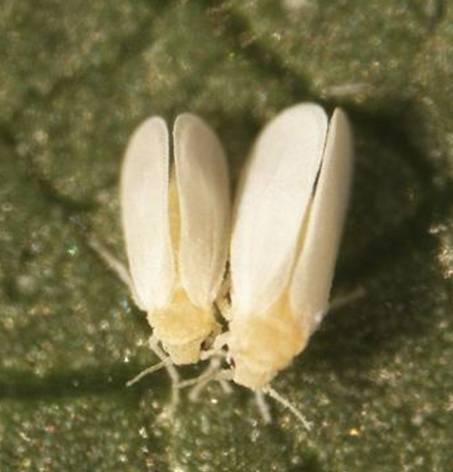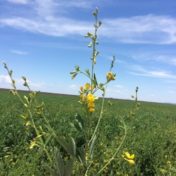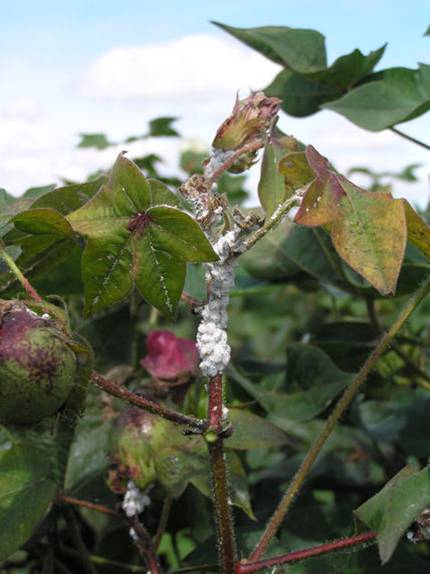Leafhoppers (also known as jassids) rarely cause damage in cotton, so some unusual symptoms (leaf chlorosis that presented a little like cotton bunchy top disease) across several cotton fields in Queensland’s Burnett region last month that appeared to be associated with leafhoppers had both taxonomists and virologists searching for an explanation. Both the damage and leafhoppers present shared many of… Read more »
With cotton crops approaching cut-out, it’s time to make critical decisions regarding silverleaf whitefly (SLW) management. Recent hot weather has seen SLW numbers increase in many areas—indicating that a number of fields are likely to require control action soon. SLW has evolved to become one of the most complex insects to manage in a cotton system because we are essentially controlling… Read more »
Pigeon peas represent about 80% of the refuges cultivated to offset Bollgard cotton in Australia due to the land area use efficiency of this option. However, over the years, varietal mixing and continual recycling of seed from undamaged refuges has resulted in peas that flower later in the season, increasingly lacking synchrony with Bollgard’s boll setting period, thus reducing the… Read more »
Solenopsis mealybug can be found throughout Queensland’s cropping areas and has also been confirmed in Western Australia, the Northern Territory and Victoria. Whilst solenopsis has not yet been confirmed in NSW cotton crops it would be reasonable to assume that it is likely to be present in the broader landscape and it is only a matter of time before it… Read more »
Following the recent detection of symphyla in some cotton fields on the Darling Downs, DAFF Entomology have been testing sampling strategies for this potential pest of cotton. Literature for a similar symphyla species in North America suggested that baiting with potatoes may be an effective strategy for assessing symphyla abundance and whether individuals were actively feeding or in a restive… Read more »
An investigation into poor establishment in a field of cotton west of Dalby this week confirmed the presence of the soil dwelling symphyla as the likely cause. Symphylans are relatively common in most soils where they generally feed on decomposing organic matter. Symphyla as crop pests Symphyla have caused problems with crop establishment for a number of seasons in the… Read more »




